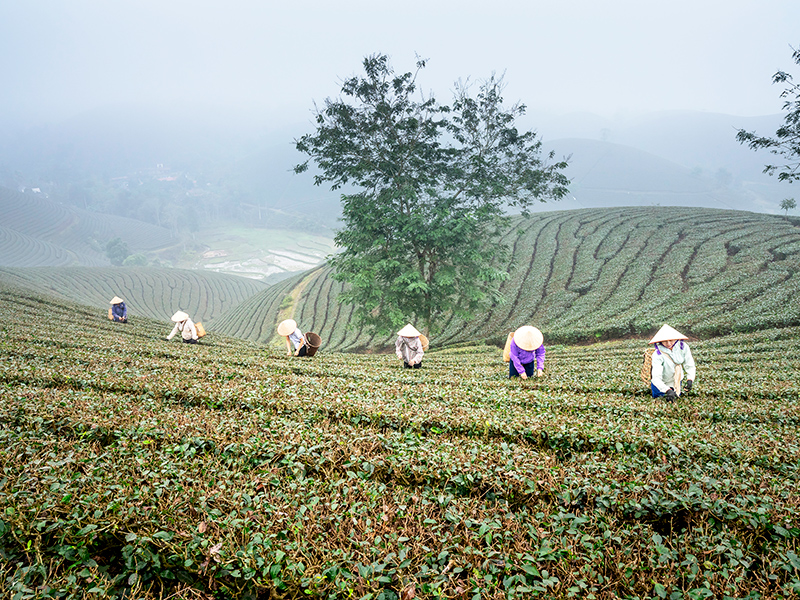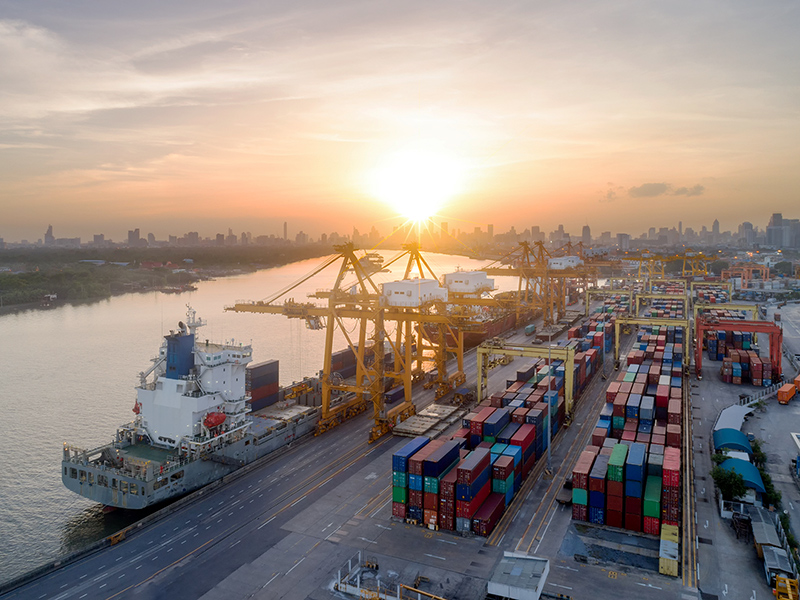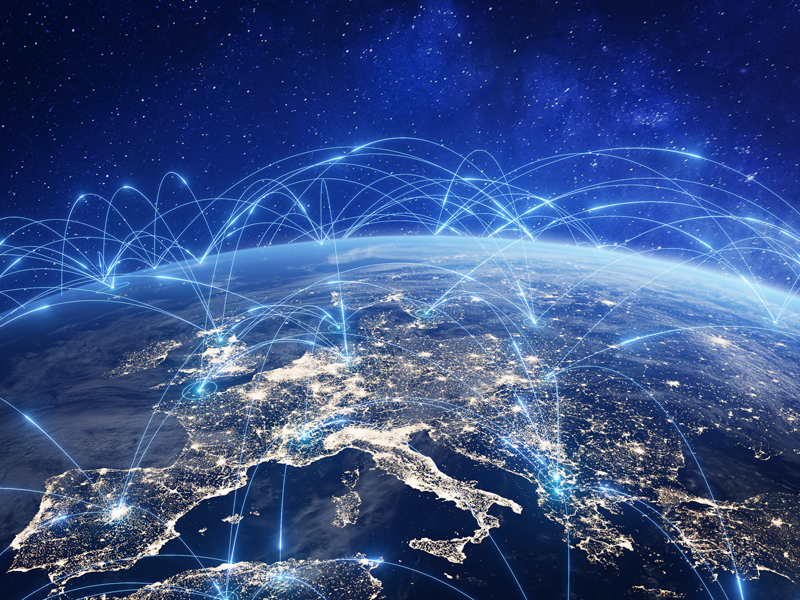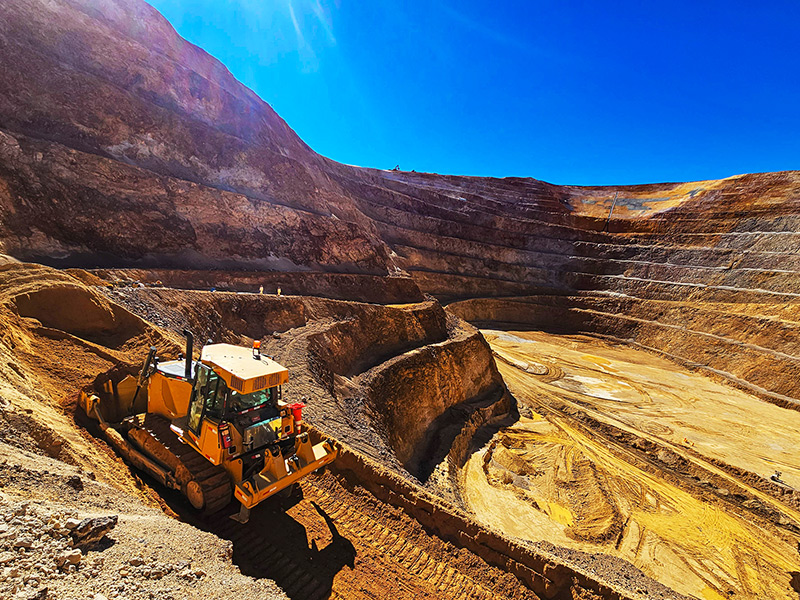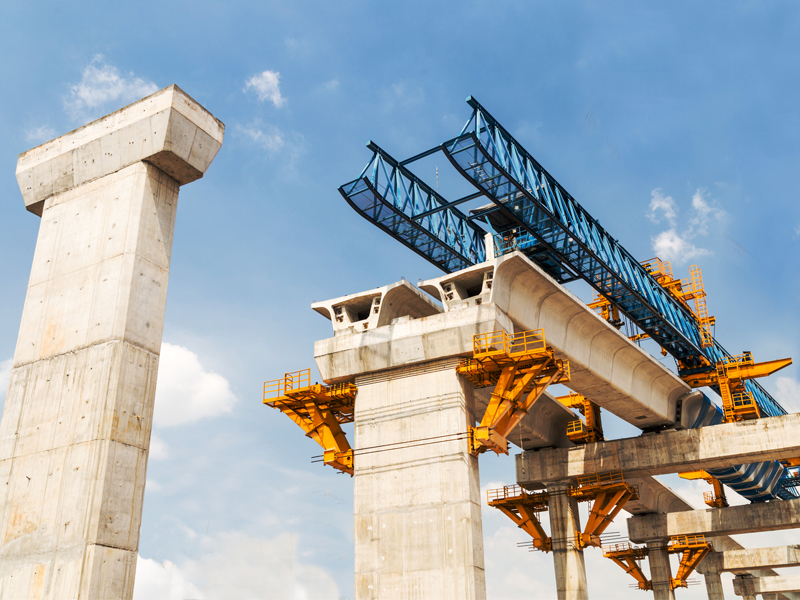
Authors
-
Jeremy Prepscius
Former Vice President, Asia-Pacific, BSR
The decisive decade of the 2020s has arrived and will deliver the impact of key sustainability trends on business in Asia. These trends take place within broader technological, demographic, and market changes, as well as the growth of middle classes within individual Asian economies. Within the global context, changing geopolitical, climate, trade, and security issues will manifest themselves via these trends as well.
Through BSR’s work across Asia, including significant stakeholder engagement across the region, we have identified the following five trends. These trends will impact sourcing strategies and supply chains, access to finance, employee engagement, sustainability leadership, and increasingly market and consumer engagement.
1. Supply Chains Spreading beyond China
Supply chains are moving—being driven in part by the war on pollution, by trade flows, and by companies seeking manufacturing locations with lower costs. As supply chains once consolidated into China, the deconsolidation process is now underway. Supply chain strategies, which a number of years back changed from “China centered” to “China Plus One,” now need to continue to change to “China Plus Many.” The current coronavirus issues only underscore the risks associated with overdependence on a single sourcing location.
As no single market can absorb the manufacturing shift out of China, businesses are faced with decisions of where to relocate their plants and/or supply chains. Increased variance and specificities of country development, locations, and proximities to material and component suppliers, workforce skills, and access to markets are of obvious importance in deciding what meets the business’s supply chain strategic needs. As supply chains move across Asia, issues, including graft and corruption, human rights, freedom of association, workforce localization, pollution prevention and waste treatment, community engagement, and expectations for transparency, will vary greatly. Manufacturers will need to learn how to operate in new and different political, stakeholder, and legal environments. Buyers will need to engage more deeply in due diligence and in selecting suppliers that will be able to navigate their new and changing environment.
2. Automation and Digitization: Building Talented Workforces Is Key
The automation trends are not new, but we are beginning to see scale in application. Hon Hai is now at 100,000+ robots in its production in China, and the Chinese government is investing in a “robot revolution.” Applied in one location at scale, automation will impact industry expectations for speed, quality, and price globally, and implementation will proliferate rapidly across borders. Whether through automation of manufacturing in light assembly in China, Vietnam, or Bangladesh, smart farming in agriculture in Indonesia, or artificial intelligence in the business process outsourcing (BPO) industry in Philippines, the 20s will bring scale.
As technological innovation leads to automation and digitization, talent acquisition and retention becomes of ever greater importance. Whether this talent is on the manufacturing floor, working within an increasingly lean and automated environment, within agricultural settings across Asia where the younger generation has fled to cities, or within corporate offices seeking to manage increasingly digitized processes, the war for talent will only increase. Attracting and retaining employees in this environment will mean not only increased wages and benefits, but particularly for the most sought-after employees, alignment with corporate purpose as well as the culture and values of their workplace.
3. New Technologies Driving Increased Supply Chain Transparency
The increased global prevalence of data and data-linking tools such as blockchain and AI will impact value chain transparency through the ability to link, track, and connect ever deeper into value chains, connecting and allowing traceability and transparency from fields or copper mines to consumer and subsequently post-consumer use as well.
Over the coming decade, traceability and transparency will enable both great positive attribution and validation of topics from fair trade to carbon content to product safety. At the same time, graft, corruption, malfeasance, and the reputation of the individual actors—be they upstream or downstream—will be pulled increasingly closer to the broader value-chain reputation. Companies will increasingly own their connection to the more distant edges of their value-chains—be it in connection to smallholder farmers in India, migrant labor issues in Malaysia, or the potential connections of their local partners in Myanmar to sanctioned individuals. In addition, wastes (from plastics to packaging to e-waste), particularly as governments are changing their regulatory regimes on waste and plastic across Asia, become all the more attributable.
Within this transparent and interlinked environment, the ability of the various value chain actors to manage their own governance and reputations, inclusive of environmental, social, and governance factors, is already and will be of rising importance. Who you do business with will increasingly define how your brand is perceived.
4. The Asian E-Commerce Markets Are Your Sustainability Destiny
Asian markets are rapidly digitizing, and the Chinese e-commerce market represents roughly 35 percent of total Chinese retail sales in 2019 (compared to 10.9 percent in the U.S.), representing about 56 percent of total global online sales. Southeast Asia is set to be the next e-commerce superpower after China—the number of internet users in Southeast Asia will reach 480 million by 2020, making it the internet’s fastest-growing region in the world.
As platforms for online shopping evolve and as specialized products, niche sectors, and quality requirements change, integrating sustainability into consumer engagement will evolve. Telling your traceability story to underscore your product safety bona fides, connecting to specific millennial consumer sub-segments by showing your product recycling makes their purchase “healthy for the world,” your sustainability attributes can and will increasingly need to be at consumer fingertips. These trends will play out on mobile phones in rapidly evolving regional e-commerce marketplaces where combining the aesthetic of sustainability, access to information, and enabling consumers to understand and differentiate amongst various sustainability claims will be key learnings, as well as product and brand differentiation opportunities.
5. Increased Global Instability and Rapid Change Means Your Local Team Is Really Important
As the above trends play out, they will have varied impacts on your local markets. Setting corporate policies, strategies, and goals from headquarters is important. However, navigating the local impacts and opportunities with knowledgeable, empowered local teams will be key. Building the capacities and capabilities to integrate sustainability knowledge within local and regional business operations (including strategy, finance, marketing, operations, and procurement) is the key to capitalizing on the opportunities that these trends represent in the Decisive Decade of the 2020s.
Companies with operations, partners, and value chains in Asia should pay attention to these trends. BSR can help to develop strategies specific to operations in the region. Please feel free to connect with us and learn more.
Topics
Let’s talk about how BSR can help you to transform your business and achieve your sustainability goals.
